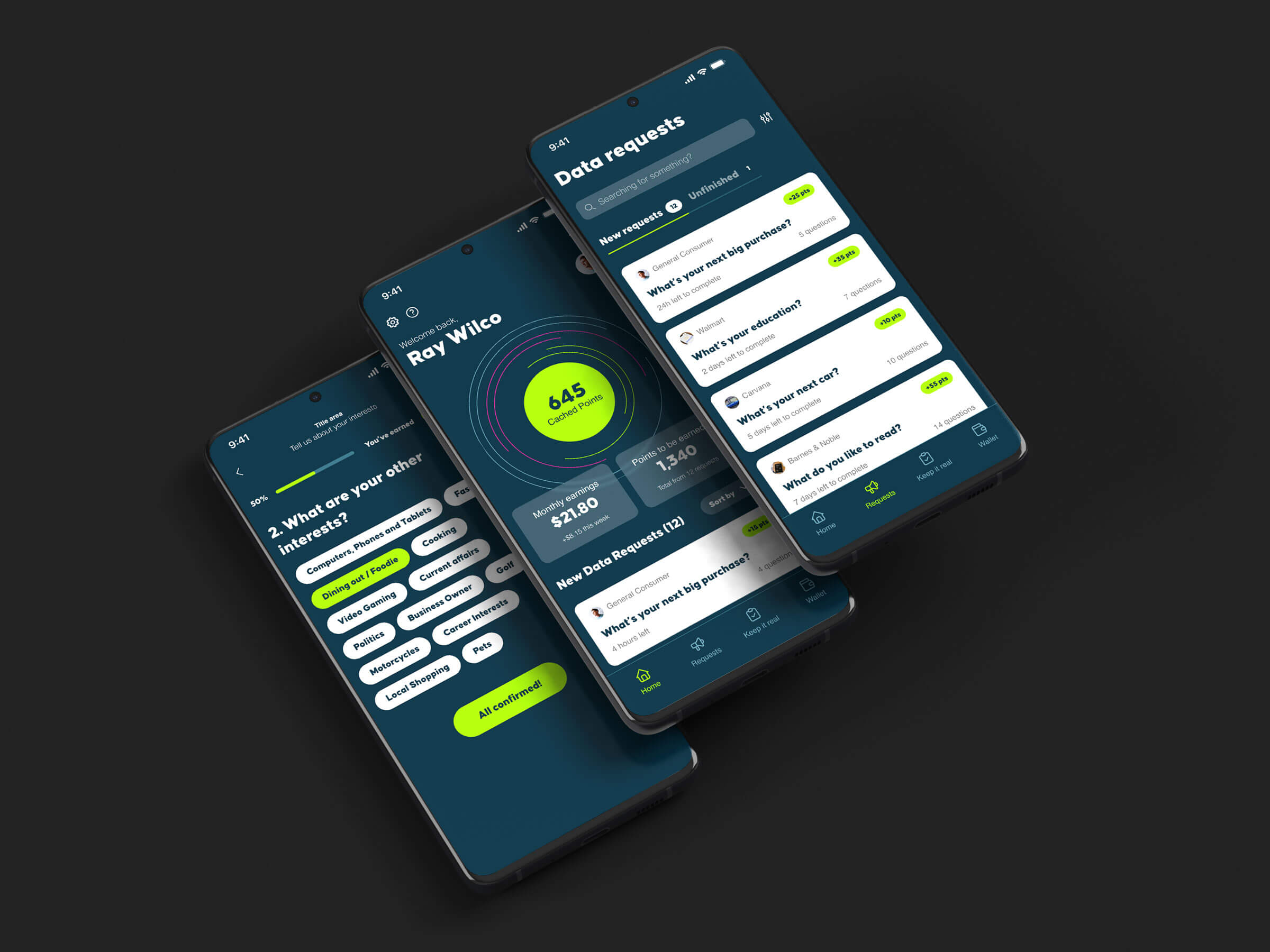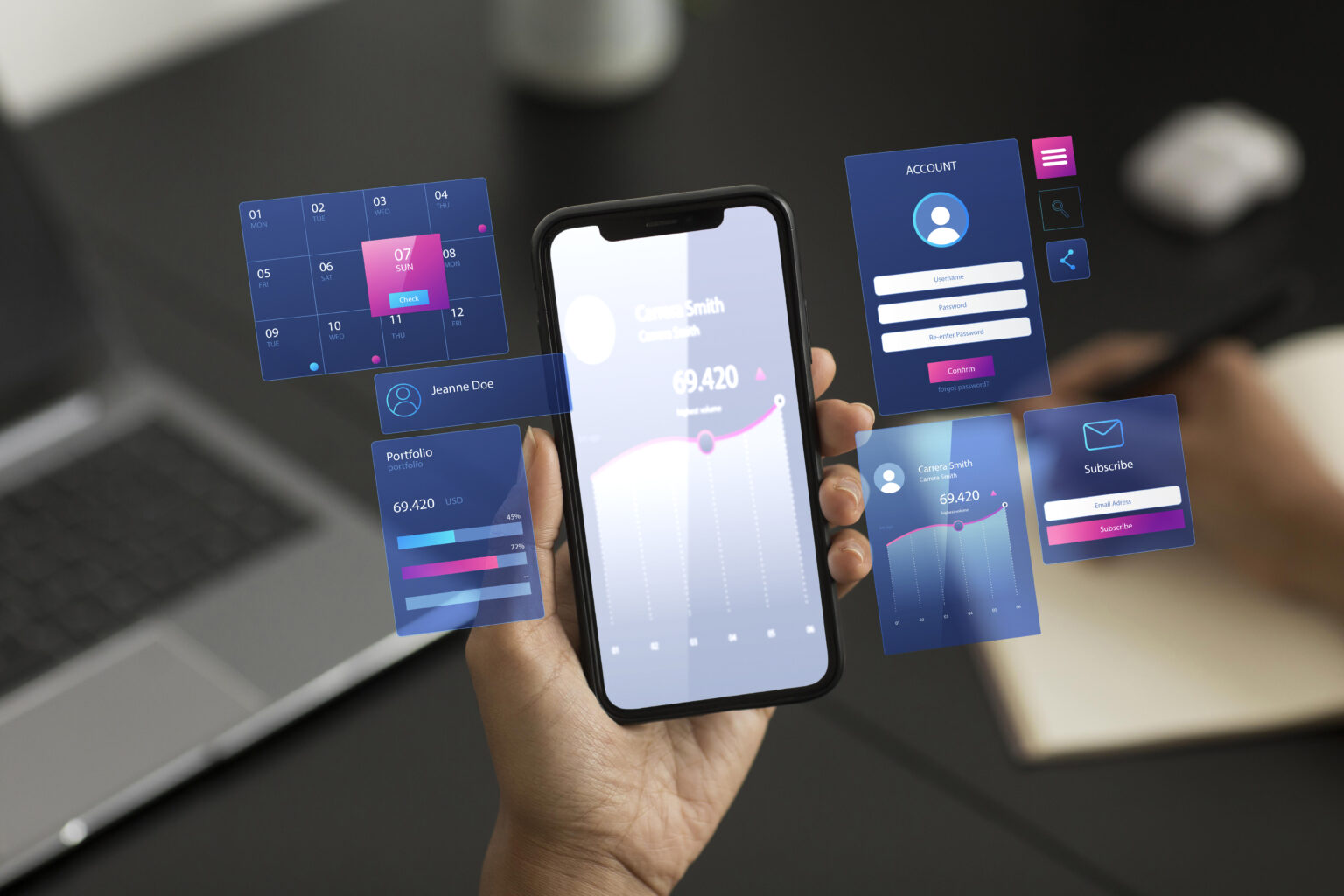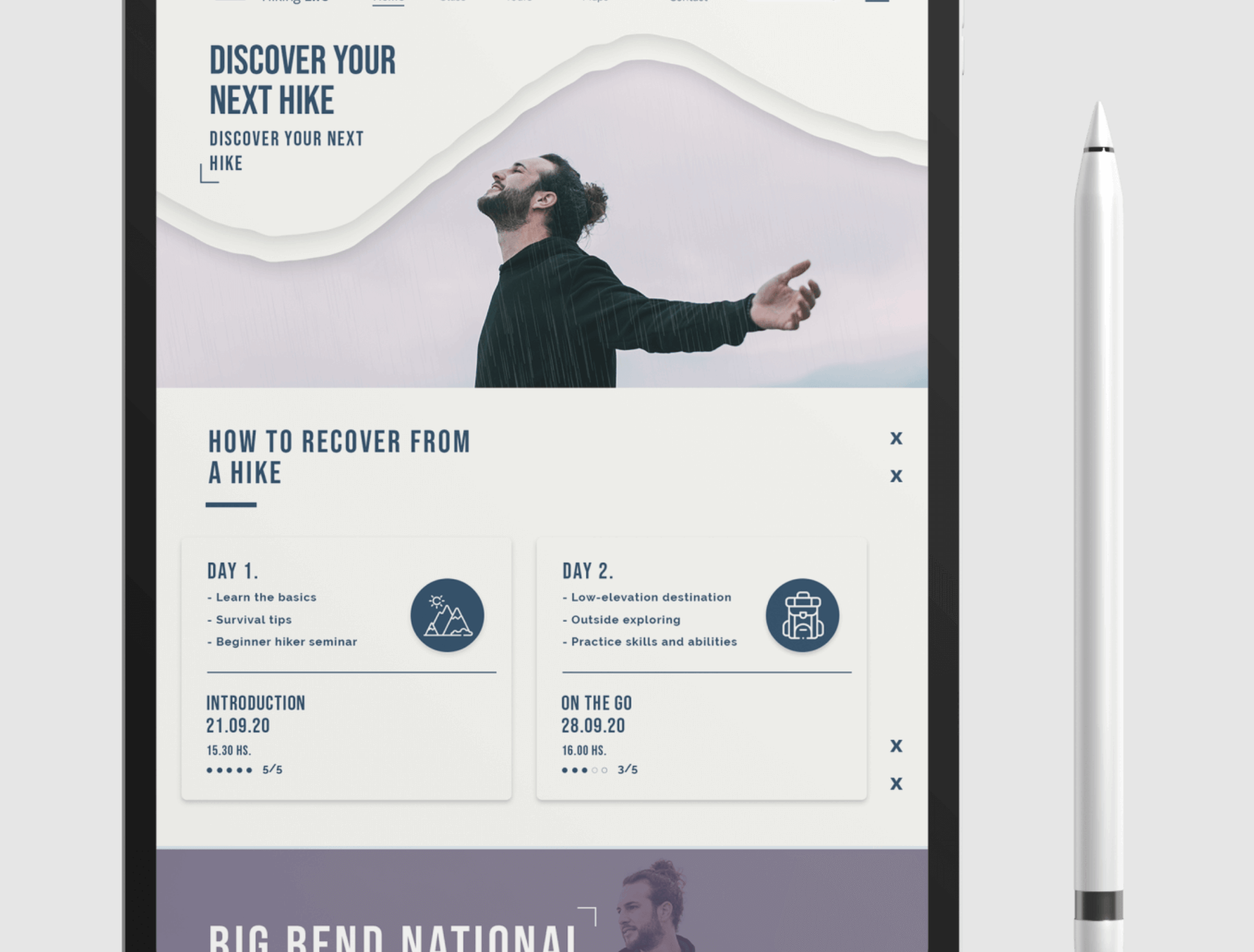For CTOs, recent developments in AI are opening up new opportunities in the coming year. No matter a specific organization’s goals, there are robust technological capabilities available to meet its needs – whether a mobile app, website, CRM platform or more.
Of course, the responsibilities of CTOs go far beyond the technology itself. When deciding where to improve current systems or invest in new technology in 2024, CTOs have a lot to consider.
Not only does the technology need to align with overarching strategic initiatives, but it must also come in on budget, while guaranteeing the security of the company and the customers. So, what should CTO’s priorities be in 2024 to drive revenue growth through innovation?
1. Invest carefully in Generative AI
One of the big news stories last year was the release of Generative AI technology. The buzz was impossible to miss, with every industry impacted both positively and negatively. No matter where you look there are articles talking about the potential of Gen AI and how it can boost a company’s bottom line.
There is no doubt that this technology is revolutionary and that all CTOs will need to interact with it to a greater or lesser extent. However, there should also be a certain level of caution associated with it. Let’s not forget that the technology is still in its infancy.
The risks of Gen AI
The issue with Generative AI is that it happened suddenly, leaving business leaders with little time to prepare their organization or attract the necessary talent to avoid unnecessary risk. A recent Deloitte Insights article makes this argument well when talking about AI-driven customer interactions. While the technology can improve capabilities, it will require close collaboration to ensure safe usage.
Failure to properly control the implementation of Gen AI could have serious consequences. For example, Forrester predicts that a number of banking institutions will be in trouble with regulators in 2024 due to AI-related disasters. Any high-risk industry – such as insurance – should also take notice of this prediction as it certainly applies to them as well.
Opt for controlled AI use cases
Instead of diving head-first into Gen AI, CTOs should take the time to identify areas where it would truly benefit the organization’s strategic objectives. At this stage of the technology’s maturity, taking this approach is the best way to balance risk-reward.
For example, Gen AI can be used to test the quality of mobile apps during development to find bugs. In other words, it can serve as a productivity aid for specific use cases that minimize risk. As the team becomes more familiar with the technology and they develop more robust security practices, new use cases can be introduced.

2. Ensure security best practices
On the topic of cybersecurity, 2024 promises to be an important year for companies and their CTOs. Remember, any technological developments that benefit companies can also be turned to more nefarious uses.
Bad actors will almost certainly use the recent developments in AI and machine learning to “improve” their cyberattacks. Beyond AI specifically, there has been a general, ongoing trend of increased ransomware attacks in recent years – with employees often representing the point of entry. We can also expect developments in quantum computing, which could make it easier for bad actors to break encryption algorithms.
How should CTOs respond?
It’s undoubtedly a daunting reality for CTOs, but it’s far from impossible to navigate. Ensuring a company’s safety involves adopting a security-forward mindset that encompasses a number of areas:
- Quality software. Any software investments need to be of the highest quality, ideally tailored to each company’s specific needs.
- Zero-trust adoption. As a general rule, companies must operate on a zero-trust policy that requires each user and device to be verified, regardless of location. This is particularly important if working with remote teams.
- Embrace data-privacy regulations. More regulations are coming in 2024 and companies will need to remain on their toes to avoid fines or reputational damage. Overcoming this will involve investing in data protection mechanisms including encryption, access controls, etc.
- Ongoing internal education. Many cyberattacks gain entry by duping employees with ever-more sophisticated tactics. Continuous, ongoing training can help to minimize this risk.
3. Control software investment costs
Investing in quality custom software is essential for companies to gain access to the exact capabilities that their organization requires. While SaaS offerings are more affordable and have less perceived effort for installation, the platforms are more limiting than custom alternatives. In fact, McKinsey found that most large companies don't trust SaaS providers with their security keys and in general have less confidence in the software’s security.
That said, getting a custom solution can be more expensive when compared to off-the-shelf alternatives. For budget-conscious CTOs, this presents a challenge.
Cost-effective nearshore models
One solution to this is working with a digital transformation partner that leverages nearshore talent. Nearshore outsourcing refers to outsourcing a product to a team that is physically located in a separate but nearby country.
It acts as a middle ground between offshore outsourcing (i.e. a US company outsourcing to India) and using local talent, which is more expensive. For example, at Asymm, we are a custom software company located in California, while our team of software professionals are located in Mexico.

4. Focus on the end customer experience
If you want a theme for 2024, you could say that it is the year of customer-centricity. Complete digital transformation is no longer the hot topic it was even just a few years ago. Now, as an increasing number of companies have a mature or semi-mature initiative in place, the focus is moving to differentiation through service.
In fact, one study found that the top transformation priorities for half (50%) of surveyed companies was upgrading technology, compared to only 34% looking to achieve operational efficiency.
Enhanced digital capabilities
The competition has moved from providing basic digital capabilities to providing the best digital capabilities. In other words, it is the difference between a company having a mobile app and having a streamlined, user-friendly mobile app. Increasingly, the finer details of speed, performance, flexibility, and access to customer support are what count.
Companies need to build their software strategy around the entire customer journey, while offering high levels of personalization. This is what Carlos Morgado, the former CTO of food delivery app Just Eat said, when explaining that true personalization relies on learning about the customer to understand their habits and even anticipating their needs.
For CTOs, this means finding the root cause of issues in the customer journey to create unique value propositions centered around their customers. In this way, companies can deliver higher quality experiences delivered via custom technology.
5. Prioritize the employee experience
Finally, CTOs need to remember that a positive employee experience is essential. The fact is that satisfied and engaged employees are more likely to embrace a company’s vision and bring it to life. Some companies, such as NTT data, consider employee experience to be the number one C-suite priority in 2024.
What’s more, employee experience is directly tied to a company’s technology capabilities. Whether onboarding, training, payroll, or the tools to carry out job-specific tasks, if there is a fragmented or underdeveloped experience, employee satisfaction plummets.
In 2024, it’s a good idea to remember that providing a single, unified experience for your customers also involves providing a similar experience for your staff.

Need help developing custom software in 2024?
CTOs have a lot of power to shape the direction of their businesses and this requires making a large number of decisions. They have to consider their workforce, the end customer experience, other departmental goals, and riding the wave of innovation – without exposing the company to risk. With all this considered, the last thing a CTO needs is to find that their new software investments aren’t up to scratch.
At Asymm, we are more than software developers. We are full digital transformation partners that work alongside companies to understand their vision and help bring it to life. If you would like to find out more about how we can work with you in 2024, reach out to us today.












